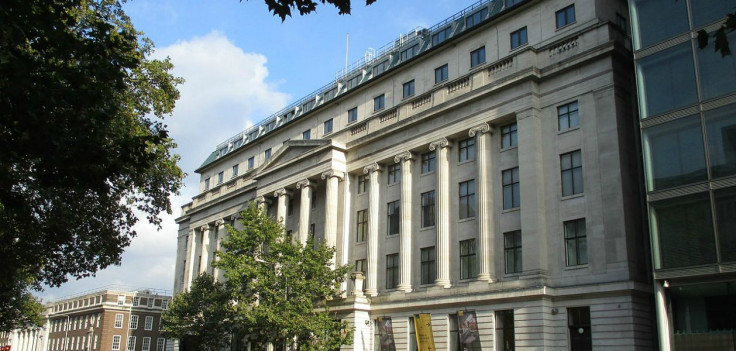Digitised manuscript determines people’s relation to witches

A document containing the names of people accused of witchcraft has been made available to the public. A London library lets people view the manuscript to check if they have any ancestors condemned as witches in the 17th century.
London’s Wellcome Library digitised a 350-year old manuscript. It is entitled “Manuscript 3658 – register of Names of Witches in Scotland, 1658.” The document indicates the names of men and women alleged to have practiced witchcraft in Scotland in 1658.
Recorded history characterised witches -- at least those from Scandinavia and Scotland -- as having the power to fly to illicit meetings, among other wickedness. Popular myth escalated into madness with the Scottish Witchcraft Act of 1563, which had a vague definition of witchcraft.
It is estimated that about 3,000 to 5,000 people were persecuted for allegedly practicing the black art in Scotland in the 16th and 17th centuries, Smithsonian reported. From that number, 2000 persons were dead by the time the Act was repealed in 1763.
An era before enlightenment
It was a no-win situation for those accused as witches. While sleep deprivation was the usual tactic to get the accused to confess, the swimming test or indicium aquae was sometimes also used. In that test, the accused would be tied and then tossed into the water. If they were able to float to the surface of the water, they were deemed to have the devil on their side and pronounced guilty. If they drowned, they were innocent.
Such a fallacious method of discerning guilt mirrored that which was exhibited in the Salem witch trials years later. In Salem, a minister named George Burroughs recited the Lord’s Prayer on the gallows – but was hanged anyway when he was perceived as the devil disguised in holiness.
In Scotland, records remain of 3,837 persons accused of being witches – 84 percent were women and 65 percent over 40 years of age. It is worth noting that during the peak of the panic in the 17th century, accusations were set off by distinguishing marks such as scars, moles and warts.
Finally, the Enlightenment took over in 1736, when the Scottish Witchcraft Act was replaced by a crime called pretended witchcraft. It carried a mere one-year incarceration as punishment.
In recent years, witches have become popular again, with interest spiking from book and movie releases. “The Witches” by Pulitzer-Prize winning author Stacy Schiff came out in 2015, while the 2016 film “The Witch” was highly acclaimed. Wellcome Library will only further interest in witches now that it has put the aforementioned manuscript online.






